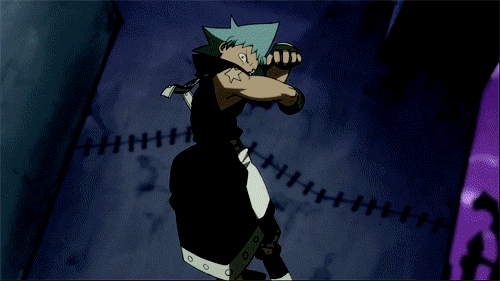| torok said: OLED still suffers from burn-in and the life of the panel still is shorter. For smartphones these two things are not that relevant because the battery gives away way earlier and nobody keeps their phones for a lot of time. But TVs are expected to last a few years. So, until they solve the shortcomings of OLED, it's LCD all the way. OLED is a superior tech, the image quality is indeed better. But it won't look better anymore when you have a minimap and a health bar burned in your panel. |
I used my LCD tv for 11 years, I still use my plasma from 10 years ago. The LCD developed issues with the controller causing random blue dot patterns and had already plenty banding issues so it needed replacing. The plasma got duller over time yet since it's set to very dark, used in the bedroom, it doesn't really matter.
What I wonder with OLED is how long do they last. You can prevent burn-in with responsible use (no kids playing you tube and video games all day) yet what it really is is burn out. The pixels degrade over time and all you're doing is ensuring they degrade at the same rate. Now they claim the tv lasts 100.000 hours, yet how long until the image quality drops below a quality LCD tv. Plus that 100.000 hour figure, how realistic is that. They can't have tested that yet as that is 11.4 years at 24 hr per day....
rtings.com might be stressing the tv beyond responsible use, but they clearly show burn-in or wear does happen and happens quite fast. http://www.rtings.com/tv/learn/permanent-image-retention-burn-in-lcd-oled



















































